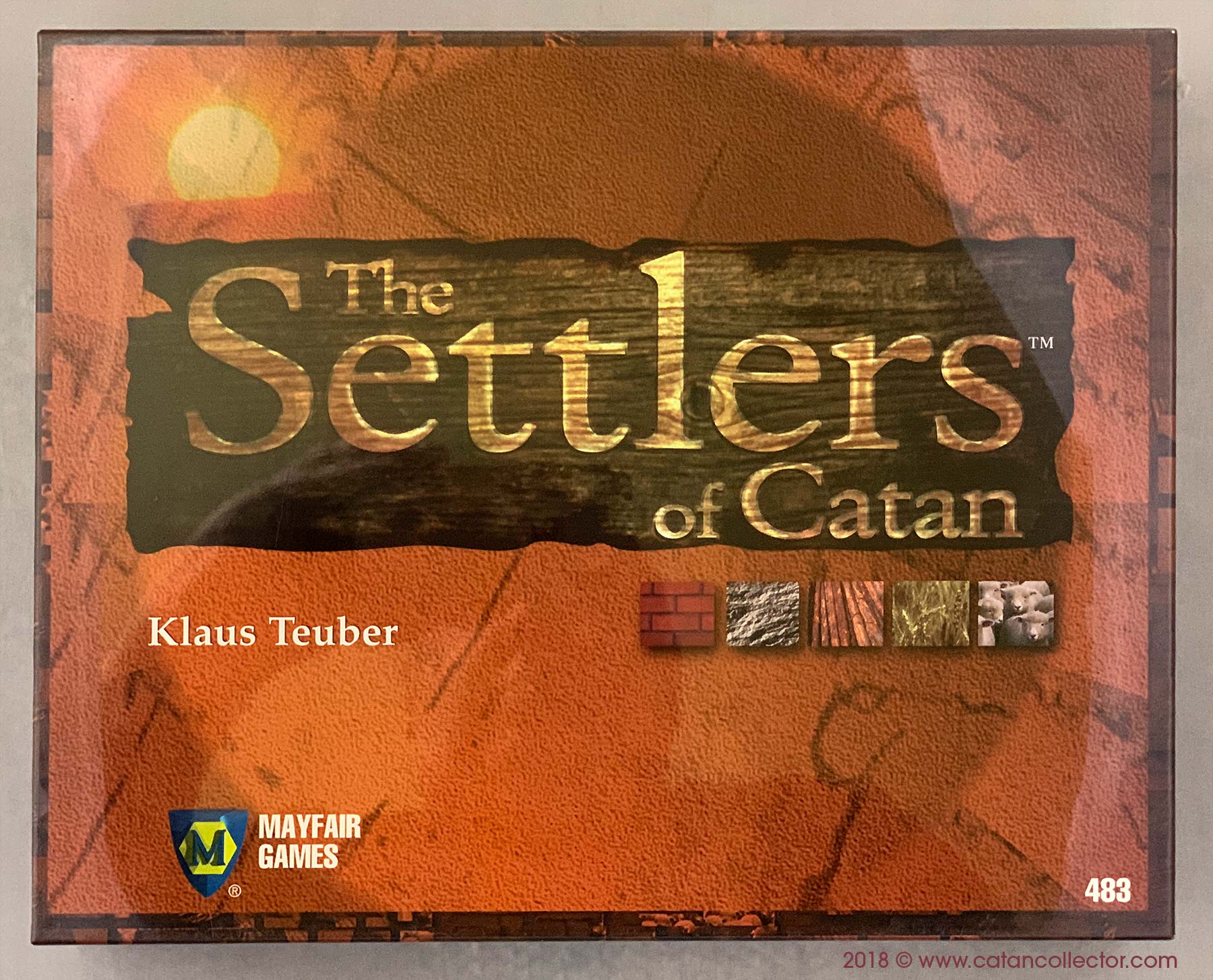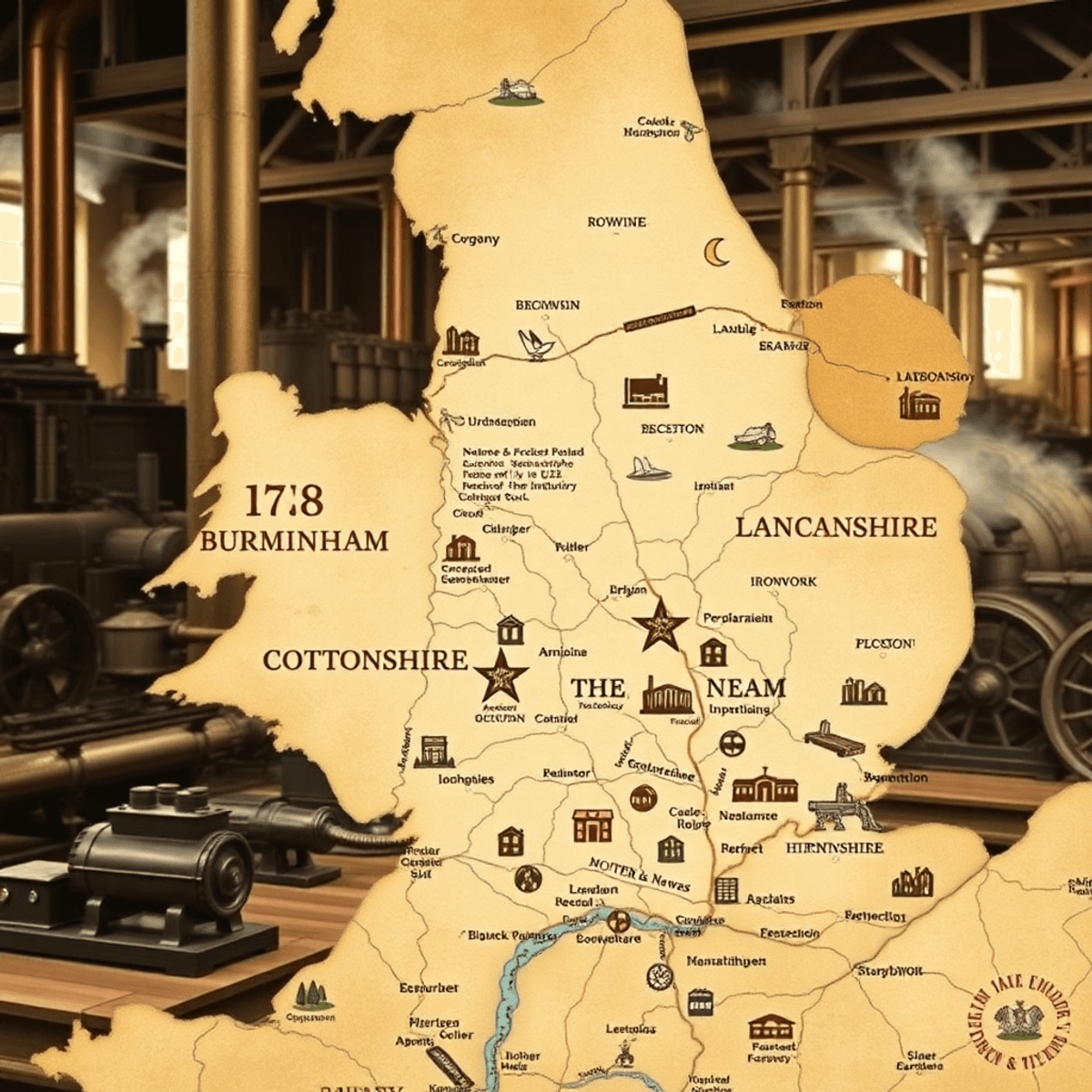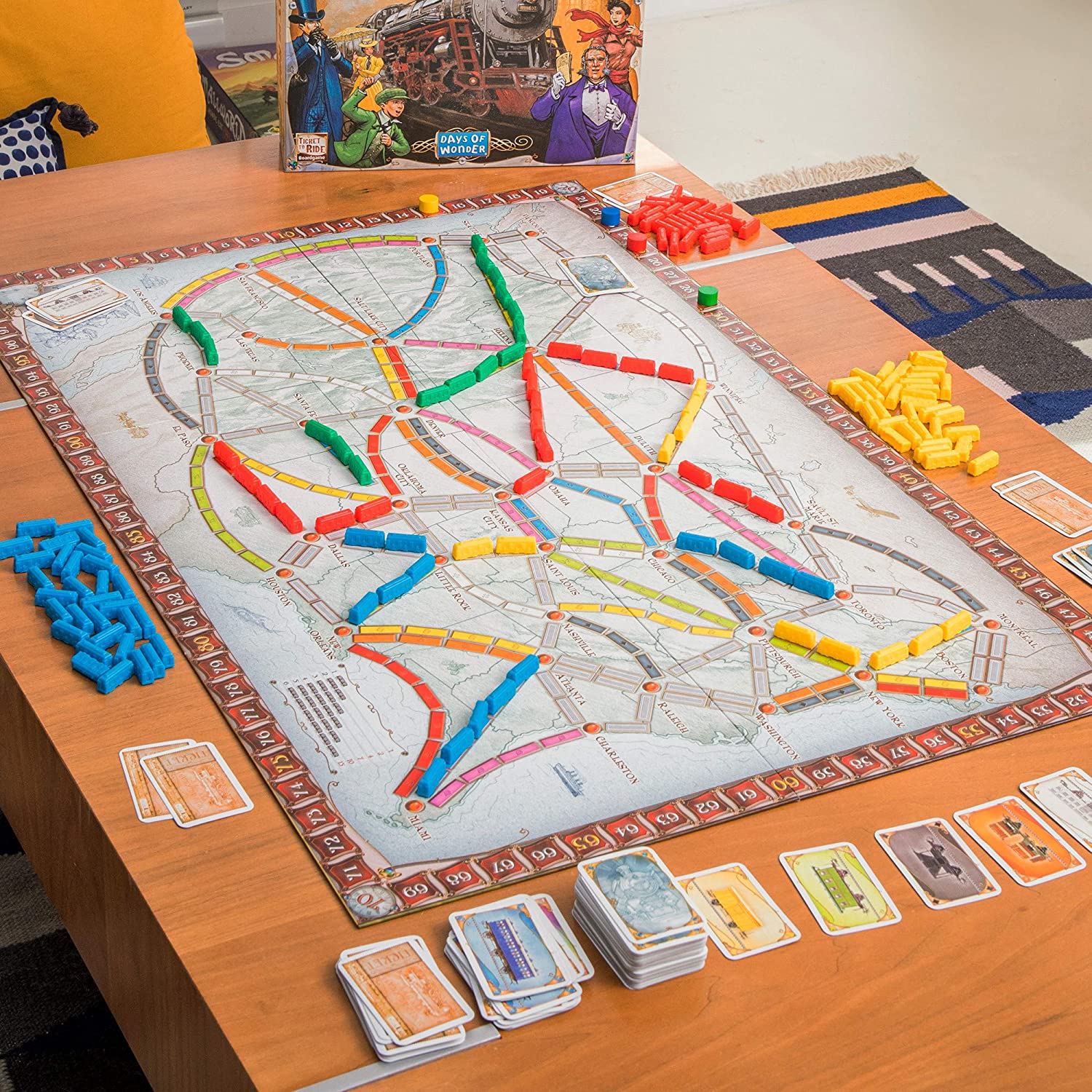
Catan, formerly known as The Settlers of Catan, isn’t just a board game—it’s a cultural phenomenon. Since its release, it has become a cornerstone of modern tabletop gaming. In this article, we’ll dive into Catan History and discover how it sparked the modern board game renaissance.
The Origins of Catan
Catan was created by Klaus Teuber, a German dental technician who enjoyed designing board games in his free time. Released in 1995, Catan quickly gained popularity for its innovative gameplay, blending simple rules with deep strategic possibilities.
Why Catan Became So Popular
Accessible Gameplay with Strategic Depth
One key reason for Catan’s immediate success was its accessible rules combined with engaging, strategic gameplay. Players collect resources, build roads and settlements, and trade resources with each other, making every round exciting and interactive.

Promoting Social Interaction
Unlike many games at the time, Catan emphasized direct player interaction through trading and negotiation. This social dynamic fostered conversation and friendly competition, enhancing its appeal to a broader audience beyond traditional gamers.
How Catan Revolutionized Board Gaming
Catan’s success opened doors for modern board games, influencing designers and publishers to explore new game concepts. It showed the world that board games could appeal to adults and offer deep, intellectually rewarding experiences. Games like Ticket to Ride, Pandemic, and Carcassonne owe part of their success to the path paved by Catan.
Expansions and the Continued Legacy of Catan
Catan’s popularity led to various expansions and special editions, maintaining its relevance and appeal to new generations of players. The game’s expansions introduced fresh mechanics, scenarios, and thematic twists, proving the game’s versatility and longevity.
Today, Catan is not just a game but a community—complete with tournaments, digital adaptations, and an active global fanbase.
Conclusion: Why Catan History Matters
Understanding Catan History provides insight into how one game dramatically reshaped the landscape of tabletop gaming. By bridging casual and strategic play, it laid the foundation for an industry resurgence that continues to thrive today.





